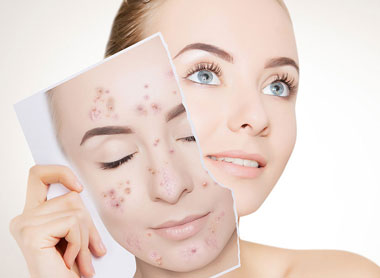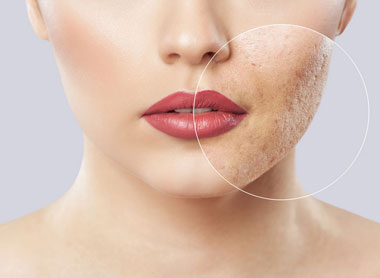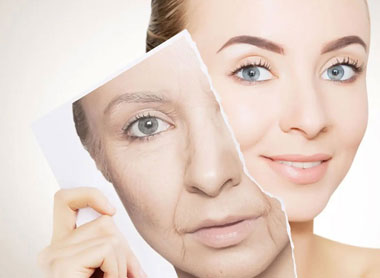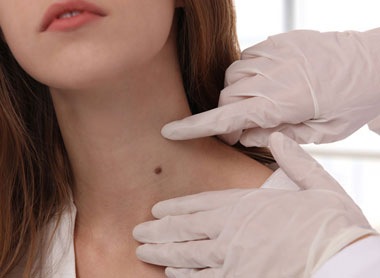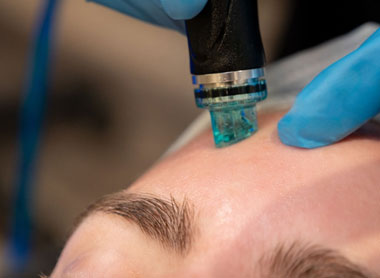- Malad West, Mumbai
- +91-7400188399
- mccmumbaicosmeticcentre@gmail.com
Moles/Tags Treatment
Moles/Tags Treatment In Mumbai

What are moles or tags?
Moles are groups of pigmented cells that appear as small, dark spots on the skin. These can range in color from tan to black and can appear anywhere on the body. Moles are generally harmless, but some may develop into melanoma, a type of skin cancer.
Skin tags, on the other hand, are small, soft, skin growths that often appear on areas of the body where skin rubs against skin or clothing. They are typically flesh-colored or slightly darker and are attached to the skin by a thin stalk.
Mumbai Cosmetic Centre provides expert treatments for moles and skin tags in Malad Mumbai, helping you achieve smoother, blemish-free skin. Book your consultation now!
Types of Moles
There are several types of moles:
Common Moles:These are usually brown or black and can appear anywhere on the body.
Atypical Moles:These moles are larger than common moles and may have irregular borders, uneven coloration, and a variety of shapes. They are considered to be at a higher risk of developing into melanoma.
Congenital Moles:These moles are present at birth and may vary in size and color.
Acquired Moles:These moles develop over time due to sun exposure and are usually harmless unless they undergo changes.
Cause
The exact causes of moles and skin tags are not fully understood. However, they are believed to be primarily influenced by genetics and sun exposure. Certain factors like hormonal changes during pregnancy and adolescence can also contribute to the development of moles. Skin tags are often associated with friction and rubbing of the skin, which is why they usually appear in areas like the neck, armpits, groin, and under the breasts.
Diagnosis
Moles are usually diagnosed through visual inspection by a cosmetologist or healthcare provider. If a mole appears suspicious or has changed in size, color, or shape, a biopsy may be performed to check for cancerous cells.
Skin tags are typically diagnosed based on their appearance and location on the skin. They are usually harmless but can be removed if they cause discomfort.
Prevention
To reduce your risk of moles or skin tags you can follow the below steps:
Sun Protection:Limit exposure to the sun, especially during peak hours (10 a.m. to 4 p.m.), and use sunscreen with a high SPF regularly.
Protective Clothing:Wear hats, sunglasses, and clothing that cover your skin to reduce sun exposure.
Avoid Tanning Beds:Tanning beds emit UV radiation that can increase the risk of developing moles and skin cancer.
Regular Skin Checks:Perform self-exams regularly and see a cosmetologist for a full-body skin check annually, especially if you have a family history of skin cancer.
Treating Moles/Tags
Treatment for moles and skin tags depends on their size, location, and symptoms:
Mole Removal:Small, non-cancerous moles that are irritating or cosmetically unsuitable can be removed through procedures like surgical excision, laser removal, or shaving.
Skin Tag Removal:Skin tags can be removed through procedures such as cryotherapy (freezing), excision, or cauterization (burning).
Biopsy:If a mole appears suspicious or changes in any way, a biopsy may be performed to check for cancerous cells.
Self-Care:For skin tags, keeping the area clean and dry can help prevent discomfort.
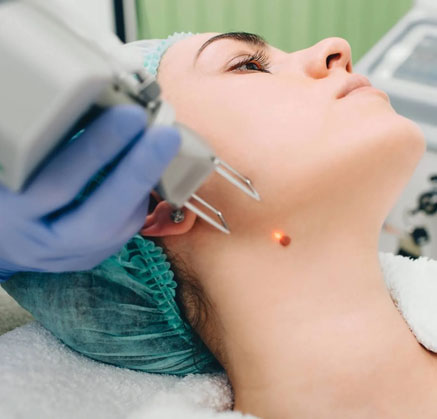

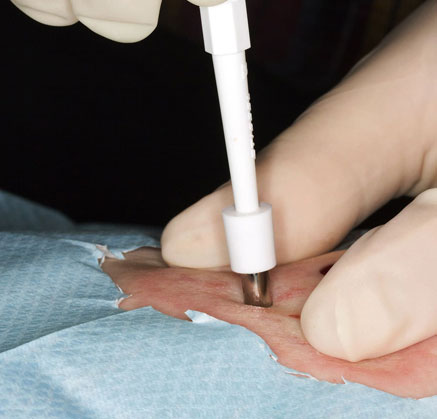

Moles and skin tags are common skin growths that are usually harmless but may require medical attention if they change in size, color, or shape. Understanding the types, causes, diagnosis, risk factors, prevention, and treatment options can help people manage their skin health effectively. Regular skin checks and sun protection are key components of maintaining healthy skin and reducing the risk of skin cancer associated with moles. If you have concerns about any skin growths, it's important to consult a cosmetologist for proper evaluation and management.
Top Moles/Tags Experts in Mumbai
FAQs
1. Are all moles cancerous?
No, the majority of moles are benign and harmless. However, some moles, especially atypical moles, have a higher risk of developing into cancer.
2. Can moles be prevented?
You can minimize your risk by practicing sun protection measures, avoiding tanning beds, and having regular skin checks.
3. How can I differentiate between a normal mole and a cancerous mole?
Normal moles are usually symmetrical, have a uniform color, and a smooth border. Cancerous moles may have irregular borders, uneven coloration, and may change in size, shape, or color over time.
4. What are the treatment options for moles and skin tags?
Treatment options for moles include surgical excision, laser removal, or shaving, while skin tags can be removed through procedures like cryotherapy, excision, or cauterization.
5. Are skin tags a sign of a health problem?
Skin tags are usually harmless and not a sign of a serious health problem. However, they can be removed if they cause discomfort or for cosmetic reasons.
6. How often should I have my moles checked by a cosmetologist?
It's recommended to have a full-body skin check by a cosmetologist annually, especially if you have a family history of skin cancer or notice any changes in your moles.
7. What are the risk factors for developing moles and skin tags?
Risk factors include genetics, sun exposure, hormonal changes, and age. Family history of moles or skin cancer, excessive sun exposure, and hormonal fluctuations can contribute to their development.



